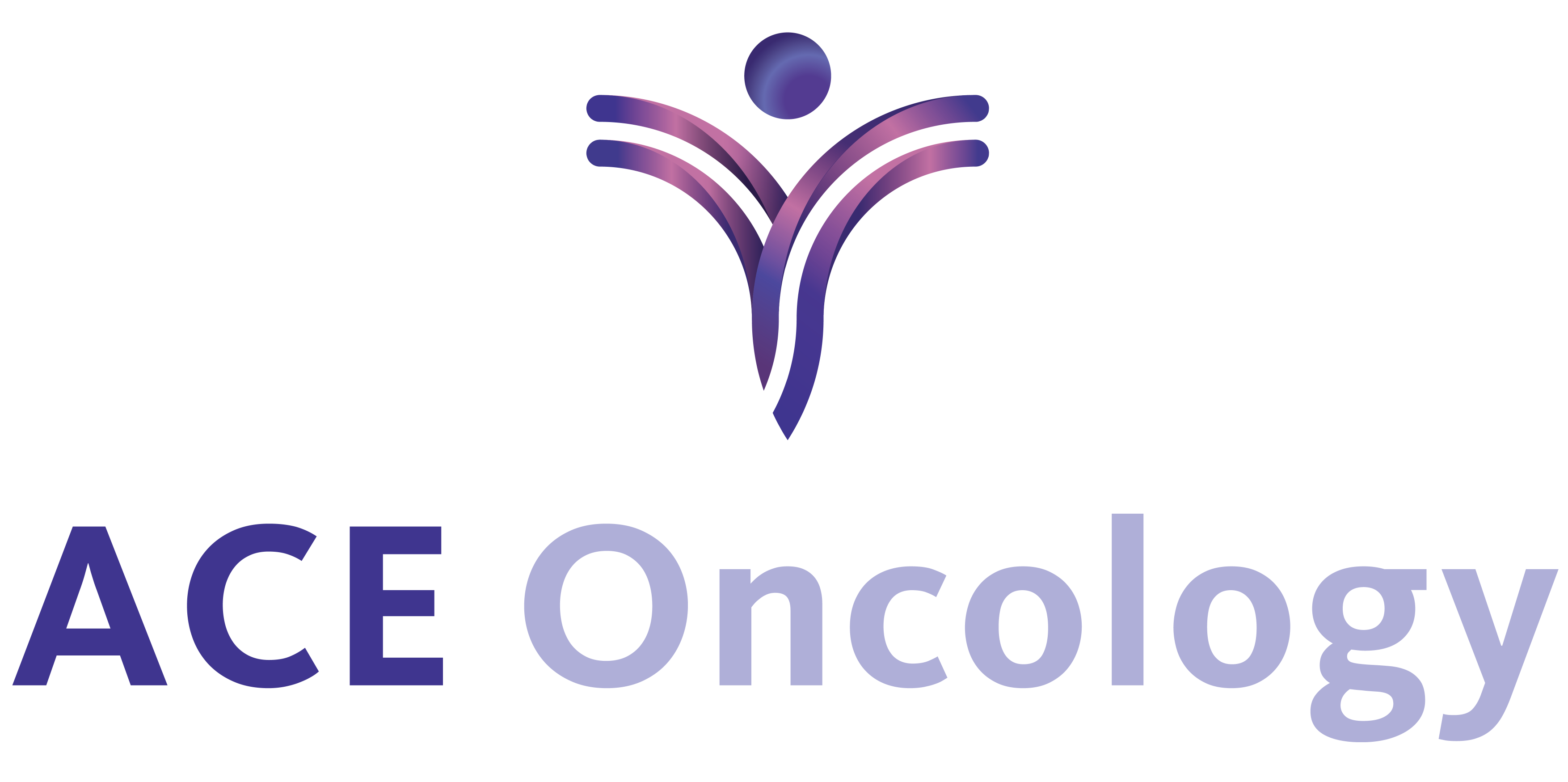PORT Not Recommended for Completely Resected Stage IIIAN2 NSCLC
Adjuvant chemotherapy is the standard-of-care in patients with stage III, N2, completely resected NSCLC; however, the risk of mediastinal relapse is up to 40%. The debate over the benefits of routine use of post-operative radiotherapy (PORT) in these patients has been ongoing for many years. The arguments in favor of mediastinal PORT in these patients include improved local control and indirect evidence of survival benefit, while arguments against include evidence of harm in all patients irrespective of nodal status, and a lack of clear overall survival (OS) benefit in the subset of patients with pathological N2 involvement from the latest meta-analysis.
LungART is a European, randomized, phase III trial that was initiated in 2007 to evaluate modern PORT in patients who have completely resected NSCLC with biopsy-proven mediastinal node involvement (N2). Long-awaited results from the trial were presented by Dr Cecile Le Péchoux (Institut Gustave Roussy, Paris, France) during the second Presidential Symposium at ESMO’s 2020 virtual meeting in September. The majority of the 501 patients included in the study were staged with PET-CT (90%) and received pre-operative or post-operative chemotherapy. Patients were randomized to either a control or PORT arm (54 Gy/5 for 5 weeks). In those receiving PORT, three dimesional (3D) conformal radiotherapy was used in 89% of patients. The median follow-up was 4.8 years. The primary endpoint was disease-free survival (DFS), and key secondary endpoints included overall survival (OS), patterns of relapse, local failure, second cancers, and treatment-related toxicity. The results showed a non-statistically significant increase in median DFS in the PORT arm versus the control arm, at 30.5 months versus 22.8 months, respectively (hazard ratio, 0.85; P=0.16); the 3-year DFS rate was not significantly different at 47.1% versus 43.8%. Mediastinal relapse as a first event occurred in nearly twice as many patients in the control arm compared with the PORT arm (46.1% versus 25.0%, respectively), whereas a higher rate of death as a first event was observed in the PORT arm (14.6% versus 5.3%, respectively). The 3-year OS rates were similar and higher than expected in both arms of the study, at 66.5% in the PORT arm and 68.5% in the control arm. Overall, deaths were similar in both PORT and control arms (39.6% and 41.5%, respectively); however, while the majority of patient deaths were due to disease progression or recurrence (69.4% in the PORT arm and 86.1% in the control arm), there were more deaths resulting from cardio-pulmonary causes in the PORT arm (16.2% versus 2.0%). Late grade 3–4 cardiopulmonary toxicity was reported in 10.8% versus 4.9% of patients in the PORT and control arm, and second cancers in 11.1% versus 7.2%, respectively.
Dr Le Péchoux concluded that PORT cannot be recommended as a standard-of-care in patients with completely resected stage IIIAN2 NSCLC. However, she added that PORT may be useful in some patients given the 50% decrease in mediastinal relapse, although the risk of cardio-pulmonary toxicity should be considered. She highlighted that additional analyses to investigate patterns of failure, predictive factors of efficacy and toxicity, and radiotherapy and surgery quality are planned. A discussant of the trial, Dr Rafal Dziadziuszko (Medical University of Gdansk, Poland) acknowledged the huge academic effort involved in conducting the trial and the perserverence of the key investigators. He agreed with the investigators’ conclusions but emphasized that a 46% risk of mediastinal relapse with no PORT is worrisome, and careful follow-up is needed to identify patients in whom curative treatment of isolated relapse is possible. He also highlighted the impressive OS data in both the PORT and control arms and noted that further survival improvements are expected in the future with better systemic therapies (e.g.immune checkpoint inhibitors).
Reference
Le Péchoux C, et al. ESMO 2020; Abstract LBA3_PR
